JACKFRUIT
Jackfruit is one of its own kind of tropical fruits, recognized for its unique shape, size, and fruity flavor of its bulbs that can be appreciated from a distance. The fruit is deliciously sweet in taste. In common with other tropical fruits such as durian, banana, etc., it is also rich in energy, dietary fiber, minerals, and vitamins and free from saturated fats or cholesterol, making it one of the healthy summer treats to relish!
Botanically, this popular Asian tropical fruit belongs to the family of moraceae, genus: Artocarpus and is closely related to figs, mulberry, and breadfruit. Scientific name: Artocarpus heterophyllus.
Description:
The tree is handsome and stately, 30 to 70 ft (9-21 m) tall, with evergreen, alternate, glossy, somewhat leathery leaves to 9 in (22.5 cm) long, oval on mature wood, sometimes oblong or deeply lobed on young shoots. All parts contain a sticky, white latex. Short, stout flowering twigs emerge from the trunk and large branches, or even from the soil-covered base of very old trees. The tree is monoecious: tiny male flowers are borne in oblong clusters 2 to 4 in (5-10 cm) in length; the female flower clusters are elliptic or rounded. Largest of all tree-borne fruits, the jackfruit may be 8 in to 3 ft (20-90 cm) long and 6 to 20 in (15-50 cm) wide, and the weight ranges from 10 to 60 or even as much as 110 lbs (4.5-20 or 50 kg). The “rind’ or exterior of the compound or aggregate fruit is green or yellow when ripe and composed of numerous hard, cone-like points attached to a thick and rubbery, pale yellow or whitish wall. The interior consists of large “bulbs” (fully developed perianths) of yellow, banana-flavored flesh, massed among narrow ribbons of thin, tough undeveloped perianths (or perigones), and a central, pithy core. Each bulb encloses a smooth, oval, light-brown “seed” (endocarp) covered by a thin white membrane (exocarp). The seed is 3/4 to 1 1/2 in (2-4 cm) long and 1/2 to 3/4 in (1.25-2 cm) thick and is white and crisp within. There may be 100 or up to 500 seeds in a single fruit. When fully ripe, the unopened jackfruit emits a strong disagreeable odor, resembling that of decayed onions, while the pulp of the opened fruit smells of pineapple and banana.



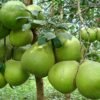

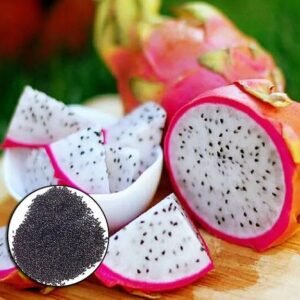
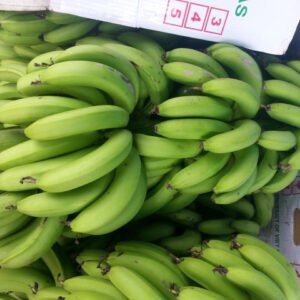



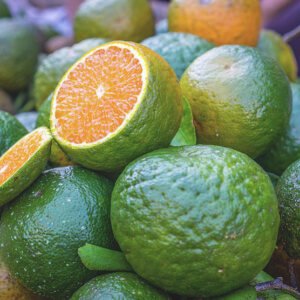
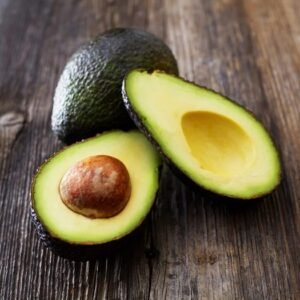



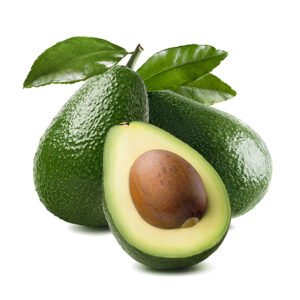
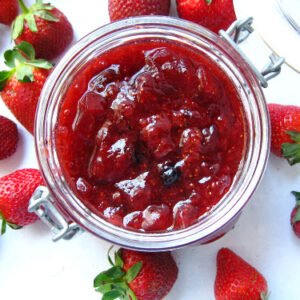

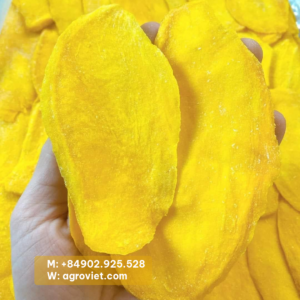
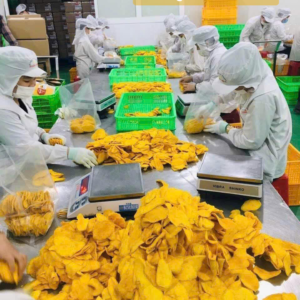






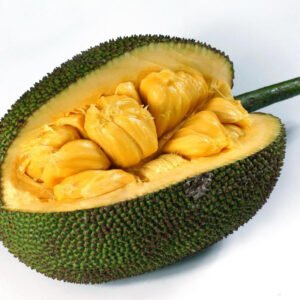


Reviews
There are no reviews yet.